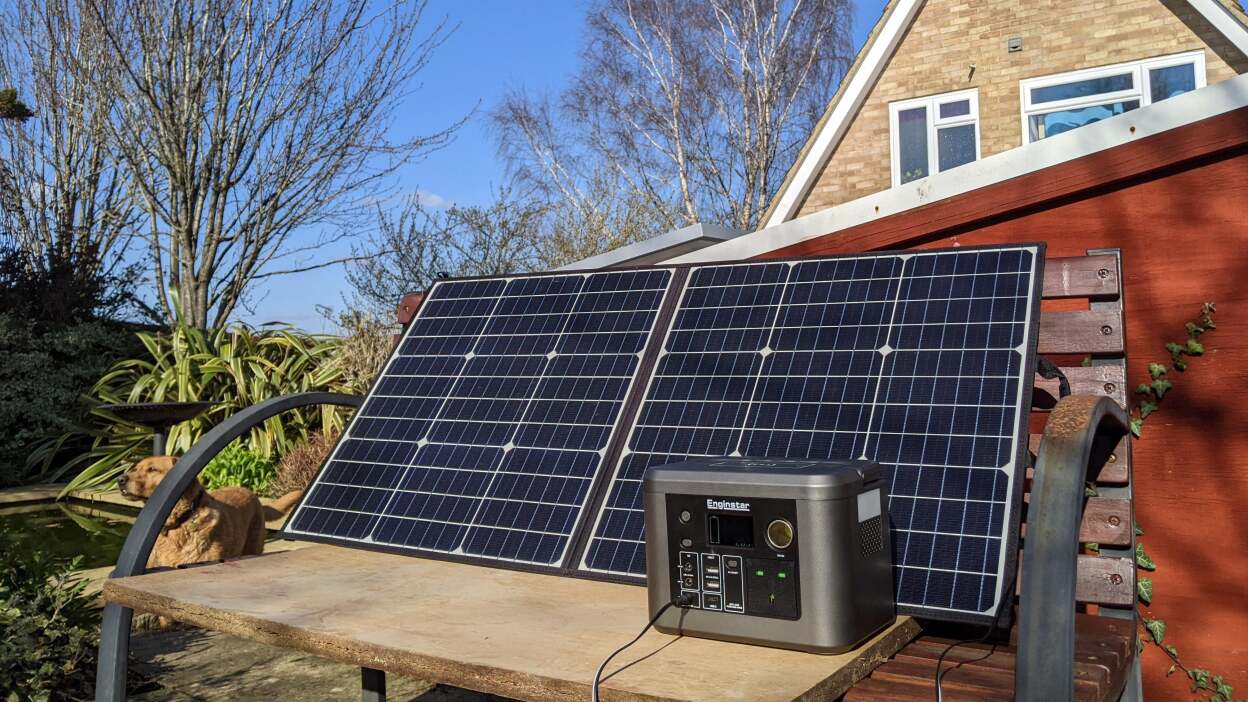Portable power stations play a crucial role in disaster recovery efforts by providing immediate access to electricity when traditional power sources are disrupted. These stations typically consist of rechargeable batteries, inverters, outlets, and sometimes solar panels or other renewable energy sources. Here’s how they contribute to disaster recovery:

- Emergency Power Supply: When disasters like hurricanes, earthquakes, or floods strike, they often knock out power grids, leaving communities without electricity for days or even weeks. Portable power stations offer an immediate solution by providing a reliable power source for essential devices such as medical equipment, communication devices, lights, and small appliances.
- Mobility and Flexibility: Portable power stations are designed to be lightweight and easy to transport, allowing emergency responders and relief organizations to quickly deploy them to affected areas. Their compact size and built-in handles or wheels make them suitable for use in remote locations or areas with limited access.
- Charging Devices: In disaster scenarios, access to communication devices like cell phones and radios is critical for coordinating relief efforts and contacting emergency services. Portable power stations with USB ports or AC outlets enable people to recharge their devices, ensuring they remain connected and informed during emergencies.
- Powering Medical Equipment: In medical facilities, reliable electricity is essential for operating life-saving equipment such as ventilators, oxygen concentrators, and refrigerators for storing medications and vaccines. Portable power stations can provide backup power to ensure continuous operation of these devices, especially in areas prone to frequent power outages.
- Temporary Shelter and Camps: In evacuation shelters or temporary camps set up for displaced individuals, portable power stations can provide lighting, heating, and power for cooking or charging personal devices. This enhances comfort and safety for survivors during the recovery period.
- Resilience and Sustainability: Some portable power stations come with solar panels or the ability to connect to renewable energy sources. This promotes sustainability by reducing reliance on fossil fuels and ensuring a continuous power supply even in prolonged disaster situations where fuel may become scarce.
- Long-Term Recovery: Even after initial disaster response efforts are complete, portable power stations continue to be valuable assets during the long-term recovery phase. They can power tools and equipment used in rebuilding infrastructure, providing communities with the resources needed to restore normalcy.
Portable power stations play a vital role in disaster recovery by providing reliable electricity, enhancing mobility, and promoting resilience in affected communities. As technology advances, these systems are becoming more efficient, affordable, and accessible, further improving their effectiveness in mitigating the impact of disasters.
